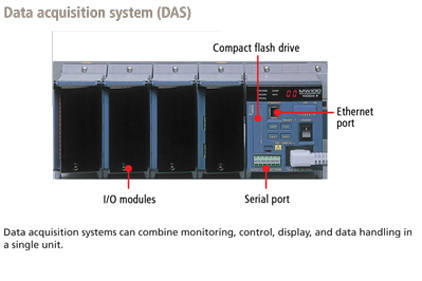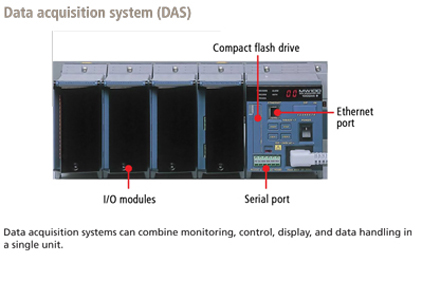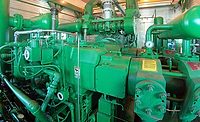
|
| Source: ISA |
Temperature measurement and control are absolutely essential to the quality of manufactured goods, as well as the efficient and safe operation of a system. But choosing the best option from the available options can be difficult.
Options range from simple temperature controllers to more complex distributed control systems. Low-cost monitoring and control devices tend to work best in applications where they are not exposed to environmental stresses; they do not respond well to excessive electrical noise, exposure to over-voltage situations and other stressors. For environments with these types of stresses, a more complex distributed system may be necessary.
Stable, reliable performance is a main objective when selecting temperature measurement and control systems. They should also provide data in the application’s required form, whether for compliance reporting or mandatory plant data archiving. The systems should also be cost effective, with long life spans.
The ability to measure the required temperature sensor via thermocouples, resistance temperature detectors and DC voltage or mA outputs is the first step in selection. Thermocouple sensors are economical, durable devices that provide accurate measurements for a range of temperatures. Resistance temperature detectors (RTDs) are even more accurate, but are more expensive and offer a smaller range of temperatures. Both types of devices are suitable for excessive temperature and vibration.
Temperature transmitters measure and transmit data from thermocouple sensors or RTDs close to the field. They’re typically hardened for outdoor use and can output temperature data in a variety of formats, from 4- to 20-mA to various digital data protocols such as HART. Smart sensors can also transmit diagnostic and calibration data.
Methods for handling this data include direct input into an existing control system, be it a distributed control system, PID controller, programmable logic controller or data acquisition system. Because a large process can require hundreds of sensor measurements, and operators will need to view the data, effective archiving is essential.
The best solution for handling data is dependent on many factors including overall cost, existing control system capacity and suitability for achieving project goals. Single-loop PID controllers are effective for monitoring and controlling a limited number of temperature loops while providing local operator interface, superior control performance and the ability to output process values to information systems via analog retransmission or digital data format.
Data acquisition systems (DASs) and programmable logic controllers (PLCs), alternatively, are the best option for measuring and controlling a large number of temperature points. DAS lends itself to applications requiring low-cost data display, storage and access to users. They can also be used to expand the capacity of an existing control system, such as a distributed control system (DCS), by measuring and retransmitting multiple temperature sensor inputs.
PLCs are the best choice for extensive control needs, but represent a significant cost increase over DAS. PLCs offer similar temperature measurement performance to most DASs, but may not support certain types of thermocouple sensors or RTDs. PLCs are also prone to the inferior measurement of electrically noisy inputs and usually don’t have local data recording capability.
In applications where PLC limitations are a hindrance, often a DAS system can be incorporated to measure unusual input sensors, provide more accurate data and allow data to be backed up for quick access. Plants with established PLC expertise and support often benefit from the system’s cost effectiveness, but DAS’s measurement performance, easy-to-use software and easy connectivity to other plant systems make it an attractive solution as well.



